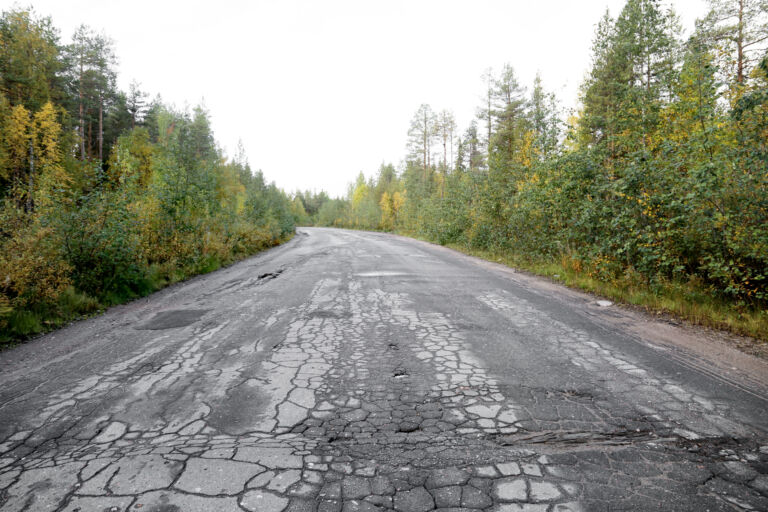At long last, the North Carolina General Assembly has finally repealed a controversial piece of legislation known as the Map Act. As I explained in a previous Legal Update:
Transportation planning in North Carolina took a wrong turn in 1987 when the General Assembly approved a controversial piece of legislation known as the Map Act. The Map Act gave the North Carolina Department of Transportation (NCDOT) the power to impose absolute, permanent development moratoria on land within designated transportation corridors, thereby suppressing the value of the land and reducing the amount it would have to pay when it eventually acquired it for highway rights-of-way. NCDOT used that power to suppress the value of large tracts of land for years—sometimes even for decades—without initiating condemnation proceedings and without compensating the owners.
At the John Locke Foundation, we were always highly critical of the Map Act, and we urged the General Assembly to repeal and replace it. We also supported a group of Forsyth County landowners who challenged it on constitutional grounds. When their case reached N.C. Supreme Court, we filed a friend of the court brief on their behalf. And when the court decided in the landowners’ favor, we were delighted.
In a concise, eloquent, well-reasoned opinion written by Justice Paul Newby, the court held, “By recording the corridor maps at issue here, which restricted plaintiffs’ rights to improve, develop, and subdivide their property for an indefinite period of time, NCDOT effectuated a taking of fundamental property rights.” The court sent the case back to the trial court and ordered it to “determine the value of the loss of these fundamental rights by calculating the value of the land before the corridor map was recorded and the value of the land afterward, taking into account all pertinent factors, including the restriction on each plaintiff’s fundamental rights.”
In response to the Supreme Court’s decision, the General Assembly rescinded all existing corridor maps, placed a moratorium on the filing of new maps under the Map Act, and instructed NCDOT to study alternative approaches to transportation planning. The NCDOT report, which was submitted last year, includes the following recommendation:
[R]eplace the current Map Act statute with a new law that provides for filing maps with no restrictions on the property except a requirement that the Department be notified of any zoning, subdivision, or building permit requests within the protected corridor. This notification would then provide an opportunity for the Department to attempt to purchase the land if it is determined that the proposed development could have a significant negative impact on the development of the future transportation corridor.
This is a sensible approach to the problem. As NCDOT says in its report, it goes a long way towards achieving “an equitable balance of interests without infringing on property owners’ rights.”
Now that the Map Act has finally been repealed, the General Assembly should start thinking about its replacement. NCDOT’s recommendation is a good place to start.


